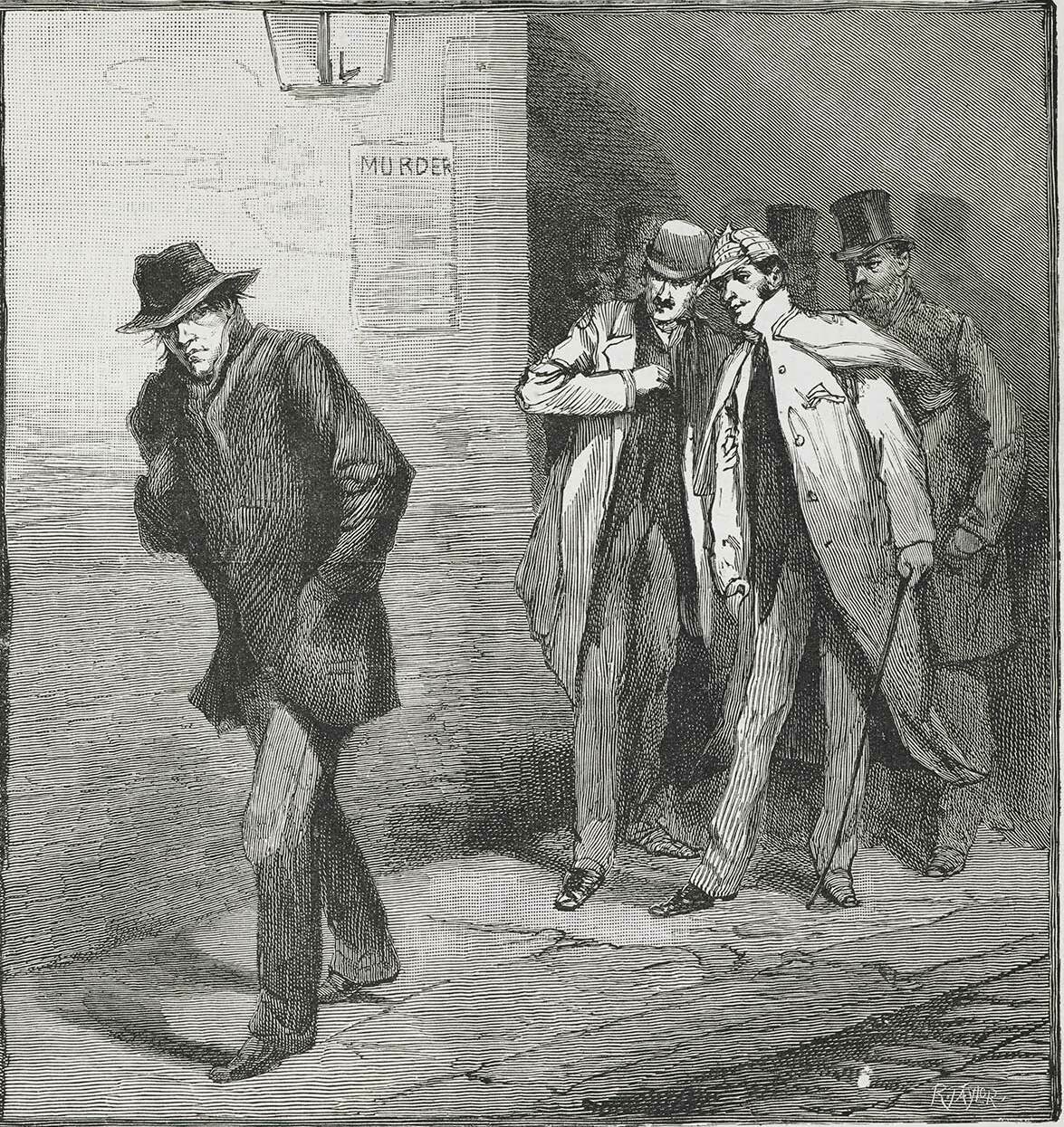
Kersten Hamilton's In the Forests of the Night picks up where Tyger Tyger (see my review here) left off. The Wylltson household has become a kind of zoo or maybe an animal shelter for the sick and wounded would be a more apt metaphor. The Wylltson residence now includes Finn, Mamieo, Thomas, Roisin, Grendal the cat-sidhe, and Lucy the sprite. And Abby has moved in, permanently. Abby and Roisin's presence has transformed Teagan's bedroom into a dorm room. Thomas, Highborn Goblin and shape-shifter, is recovering from his wounds and sometimes transforms into a raven. He's also trying to rekindle Roison's affection. Mamieo is struggling with her desire to rid the world of Thomas and can't understand why God would allow Raynor the angel to dump a Highborn Goblin at her feet. Mr. Wylltson is struggling to recover the memories that Fear Doirich stole from him, and Teagan and Aiden are coming to terms with their mother's death and their goblinness. And then there's the budding romance between Teagan and Finn, as if Teagan didn't have enough problems.
The first half of the book fleshes out the new home life at the Wylltsons'. Hamilton has a lot of fun with the quirky characters and their interactions and suggests that sworn enemies don't always have to be at each other's throats.
"This place shouldn't be called the Wylltsons'," Thomas said....
"It should be called the Widdershins'. Everything here is backwards. A sprite and a cat-sidhe"--he waved at Lucy and Grendal--"eating together. They're deadly enemies. And Finn, the purest Fir Bolg blood left in this world, made to mend and tend. But what do you do? Fight!"
"That's what Doirich's curse does, then, isn't it?" The corners of Mamieo's mouth turned down. "Forces the boyo to be something no Fir Bolg should be."...
"Curses and covenants I can understand," Thomas said. "But not the Mac Cumhaill living in a Highborn's nest. Teagan, you are at least part Highborn--made to rule and reign, gather destroyers and bend them to your will. And what do you do? Tend beasts. It's completely un-Highborn" (p. 183).
Although I enjoyed the humor, the first half of In the Forests of the Night lacks the urgency and sense of direction that permeated all of Tyger Tyger. It seems that all the characters are taking a chance to catch their breaths before the next round of action begins. The story kicks into high gear with the arrival of Kyle, who mascarades as Mr. Bullen, a substitute teacher at Teagan's school. Fear Dorich wants Teagan to bring Aiden to him. A cat-sidhe and later a Highborn give Teagan the message. Kyle licks Teagan's forehead during class, infecting her with a retrovirus that will change her DNA. Teagan feels it working immediately. Kyle and Isabeau, a Highborn mascarading as a French exchange student, threaten to kill Teagan's father and destroy the lives of her friends if she doesn't bring Aiden to Mag Mell.
Kyle's threat has real teeth, nasty and sharp. As Thomas told Teagan and her family earlier in the narrative, Kyle was Jack the Ripper. Fear Doirich once sent him after a girl living in Whitechapel named Mary Kelly. Kyle got carried away and gutted a few others just for kicks.
Teagan comes up with her own plan to put a stop to Fear Doirich by delivering the Dark Man to Raynor the angel, who has been guarding the gate to Mag Mell behind the library. If you loved the trip to Mag Mell from Tyger Tyger, Hamilton has more of the same in store for you in In the Forests of the Night. We meet some new animals, travel between worlds through the pools that dot Mag Mell, and visit a Goblin fair and coliseum-style show that makes the Romans look rather tame. (I don't think the Roman spectators ever came out of their seats to eat the fallen gladiators.)
As in Tyger Tyger, we see events through Teagan's eyes. In the Forests of the Night is essentially the story of Teagan's struggle to come to terms with what she is (a Highborn Goblin) and how that impacts who she is. Can a Highborn Goblin be good? Can a Highborn Goblin be a healer, a fixer of broken things? Or is Teagan fated by her genes for cruelty and destructiveness? It's the old nature versus nurture goblin debate, freewill versus determinism. I believe Hamilton wants to broach a broader question. Can humans, as inherently sinful creatures, rise above their nature?
Finn repeatedly assures Teagan that she can rise above her goblinness, despite Kyle's attempt to transform her into a pure Highborn.
"I can't believe [that sluagh] was a Fir Bolg," Teagan said.
"It wasn't," Finn said. "No more than Fear Doirich is an aingeal. Any creature can wal away from what it was meant to be" (p. 133).
"But ... I'm devolving. Into something like Kyle." [said Teagan]
"Prove it. What evil thing have you done?" [said Finn]
"I'm walking without my skin and bones!"
"That does concern me." He wrapped his arms around her. "But it doesn't prove that you're evil, does it?" (p. 224).
Teagan isn't certain and therein lies the story's tension. She's experiencing new emotions and doing things, such as bilocation, that she never imagined possible.
"DNA doesn't make you who you are inside, Tea," Mr. Wylltson said. "That hasn't changed."
Teagan shook her head. He hadn't heard her howling with the phooka. Hadn't seen the blood lust she inspired in the Highborn's eyes (p. 282).
At heart, Teagan is compassion and mercy. She dreams of becoming a vetinarian and she finds it impossible to turn away from a broken creature no matter what it is. Hamilton suggests that there is a part of Teagan that Kyle or Fear Doirich cannot corrupt against her will. Teagan's essence is her greatest strength, but in a direct confrontation with Fear Doirich and Mab when she needs to focus on making a kill, compassion and mercy may be her greatest weakness.
I received an advance copy of In the Forests of the Night from the publisher through NetGalley.





